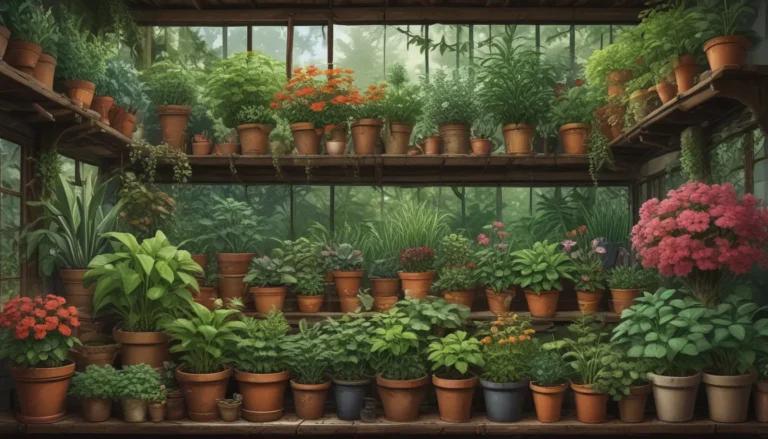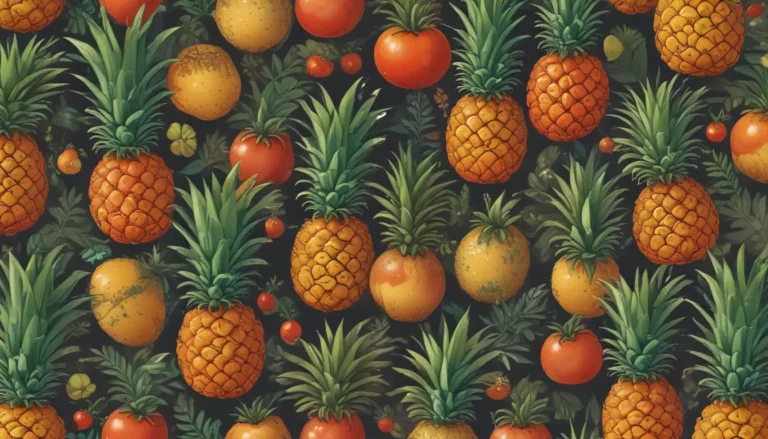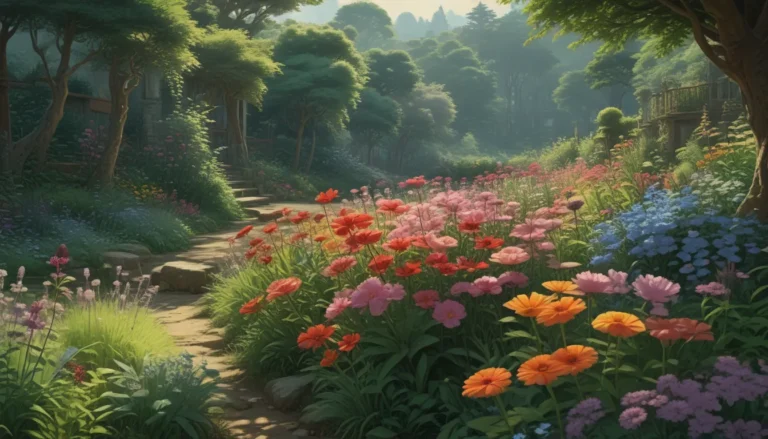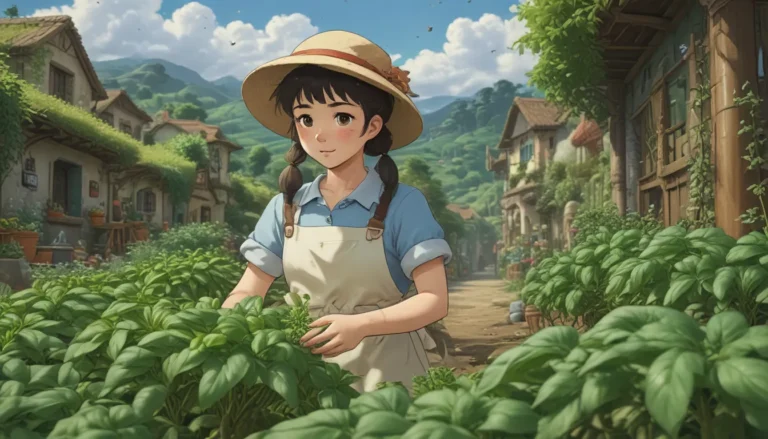Exquisite Blue Star Juniper: A Comprehensive Guide to Growing These Hardy Garden Staples
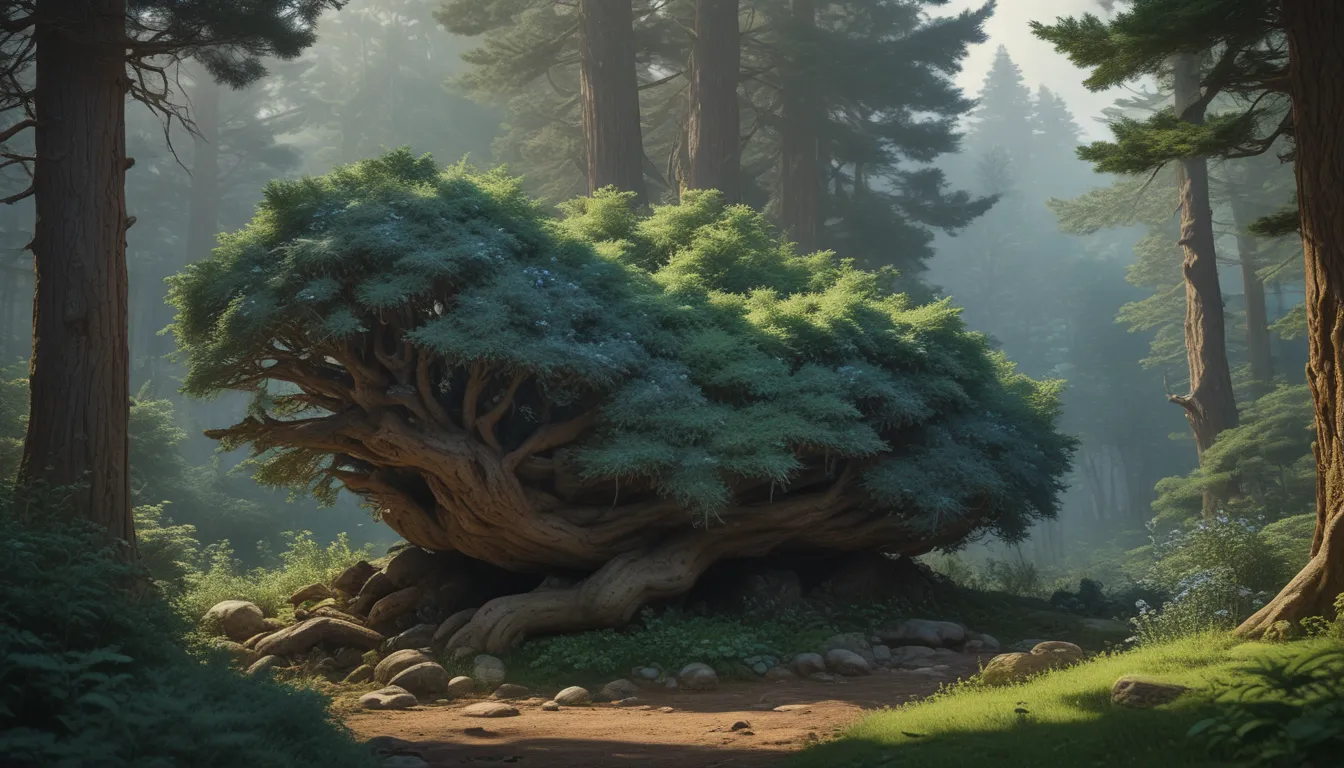
Are you looking to add a pop of color to your garden without the hassle of high maintenance plants? Look no further than the dazzling ‘Blue Star’ juniper. This hardy shrub is a standout in any landscape, boasting a unique steel blue hue that seems to glow. Its compact size, slow growth rate, and low maintenance needs make it a favorite among gardeners around the world.
In this comprehensive guide, we’ll dive deep into all things ‘Blue Star’ juniper. From its origins to propagation, cultivation, and best uses, we’ve got you covered. So, whether you’re a first-time juniper grower or a seasoned expert, there’s something here for everyone.
What Is Blue Star Juniper?
‘Blue Star’ juniper, also known by its botanical name Juniperus squamata, is a cultivar of the singleseed juniper species native to the Middle East, China, and Taiwan. This unique plant produces striking steel blue needles and grows up to four feet wide and three feet tall. However, under ideal conditions, it can stay more compact.
The ‘Blue Star’ variety is hardy in USDA Hardiness Zones 4 to 8 and thrives in well-draining soil and full sun exposure. Its slow growth rate ensures that it remains manageable and beautiful for years to come.
Cultivation and History
This exceptional cultivar originated as a witch’s broom on a ‘Meyeri’ juniper plant. Named after Frank Nicholas Meyer, who discovered it in eastern Asia in the early 1900s, ‘Meyeri’ is a larger species that served as the genetic parent of ‘Blue Star.’
In 1950, a witch’s broom formed on a ‘Meyeri’ plant, leading to the discovery of ‘Blue Star.’ This distinct cultivar was introduced to the nursery trade in 1965 and quickly gained popularity for its unique color, compact size, and low maintenance requirements.
Propagation
If you’re looking to propagate ‘Blue Star’ juniper, asexual reproduction methods such as stem cuttings and air layering are your best bet. Alternatively, you can opt for purchased transplants or saplings for a hassle-free planting experience.
- From Air Layering: Encourage root formation in a branch before planting.
- From Cuttings: Plant stem cuttings to grow new plants.
- From Saplings/Transplants: Purchase ready-to-plant shrubs for convenience.
How to Grow Blue Star Junipers
Growing ‘Blue Star’ junipers is a breeze with the right conditions. Plant them in well-draining soil, provide ample sunlight, and moderate watering when young. Once established, these shrubs require minimal maintenance and are highly resistant to pests and diseases.
- Tip: Plant in sunny spots with at least six hours of sunlight daily for optimal growth.
Growing Tips
- Provide moderate water when young.
- Low water needs when mature.
- Plant in full sun.
Pruning and Maintenance
While pruning is not necessary for ‘Blue Star’ junipers, you can encourage bushier growth by selectively trimming branches. Remove dead branches and only feed young plants if the soil lacks essential nutrients.
- Tip: Trim tops to control height and promote dense growth.
Where to Buy
If you’re ready to add ‘Blue Star’ junipers to your garden, check out Fast Growing Trees for live plants in various container sizes. Their selection of ‘Blue Star’ junipers is sure to enhance your landscape with vibrant color and easy care.
Managing Pests and Disease
‘Blue Star’ junipers are remarkably pest and disease-resistant when planted in ideal conditions. However, deer and rabbits may pose a threat to young plants, requiring protective measures such as fencing or deterrents. Regular monitoring for aphids, bagworms, and spider mites can help prevent infestations.
- Tip: Avoid overwatering and plant in well-draining soil to reduce the risk of diseases like cedar apple rust and root rot.
Best Uses for Blue Star Juniper
Versatile and visually striking, ‘Blue Star’ junipers are perfect for rock gardens, xeriscaping, and erosion control. Their compact size and bright color make them ideal for adding interest to any garden year-round. While the berries of the plant are not edible, they serve as a decorative feature that attracts birds and wildlife.
Quick Reference Growing Guide
- Plant Type: Woody shrub
- Foliage Color: Steel Blue
- Native to: Middle East, China, and Taiwan
- Soil Type: Loamy, sandy
- Hardiness (USDA Zone): 4a-8b
- Soil pH: 5.5-7.0
- Season: Year-round color, fall and winter berries
- Soil Drainage: Well-draining
- Exposure: Full sun
- Attracts: Birds, deer, mice, rabbits, voles
- Growth Rate: Slow
Blue Star Juniper Shines in the Garden
In conclusion, ‘Blue Star’ junipers are a must-have for any garden enthusiast seeking low maintenance, high impact plants. With their dazzling steel blue color, compact size, and easy care requirements, they are a top choice for both novice and experienced gardeners.
Let us know in the comments below how your ‘Blue Star’ juniper is thriving in your garden. Share your experiences, tips, and favorite juniper species with us. And remember, with the right care and conditions, your ‘Blue Star’ juniper will shine brightly in your landscape for years to come.
For more information on juniper berries and herbal uses, check out our related guides for inspiration and tips to enhance your gardening experience. Happy planting!

